Update 9/2/23 12:44 AM PT—According to a press release from Friends of the Inyo, a federal appeals court reversed a prior decision from a lower district court and overturned the U.S. Forest Service’s 2021 approval that allowed gold-mining exploration Inyo National Forest’s Long Valley area. This may not be the end—but it's a victory for now.
In Mono County's Hot Creek Gorge in the Eastern Sierra, a colorful display of bright blue, green, and turquoise indicates where boiling water bubbles up—after percolating deep underground in a thermal aquifer near hot, subterranean magma located about 3 miles beneath the surface.

At the geological wonder known as Hot Creek Geologic Site, water heats up and is pressurized far beneath the earth in a literal hotbed of geothermal activity.

And it's been actively "geysering" since 2006—with new springs appearing annually—much to the dismay of swimmers who used to be able to take a dip in certain areas but are now forbidden from entering the water anywhere, as no one can predict where the next geyser will erupt.

Tiny, gassy explosions coming from live volcanic vents—hence the "rotten egg" smell—are responsible for water temperatures that could reach the scalding-hot range of 200-400 degrees Fahrenheit.
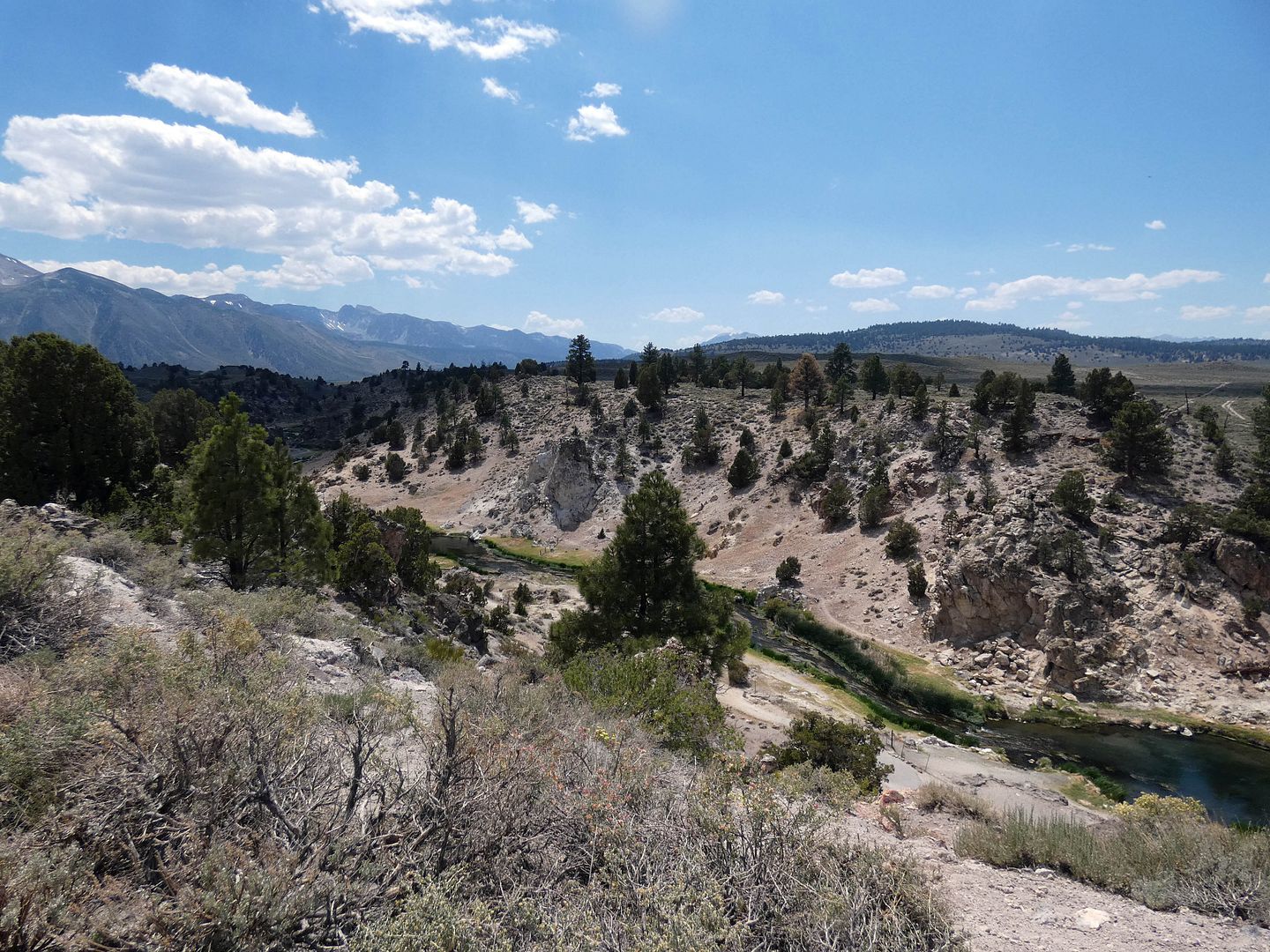
It's located in the Long Valley Caldera—a bowl-shaped land depression (or "sink") formed by a "supervolcano" eruption or (simply a "supereruption") 760,000 years ago.
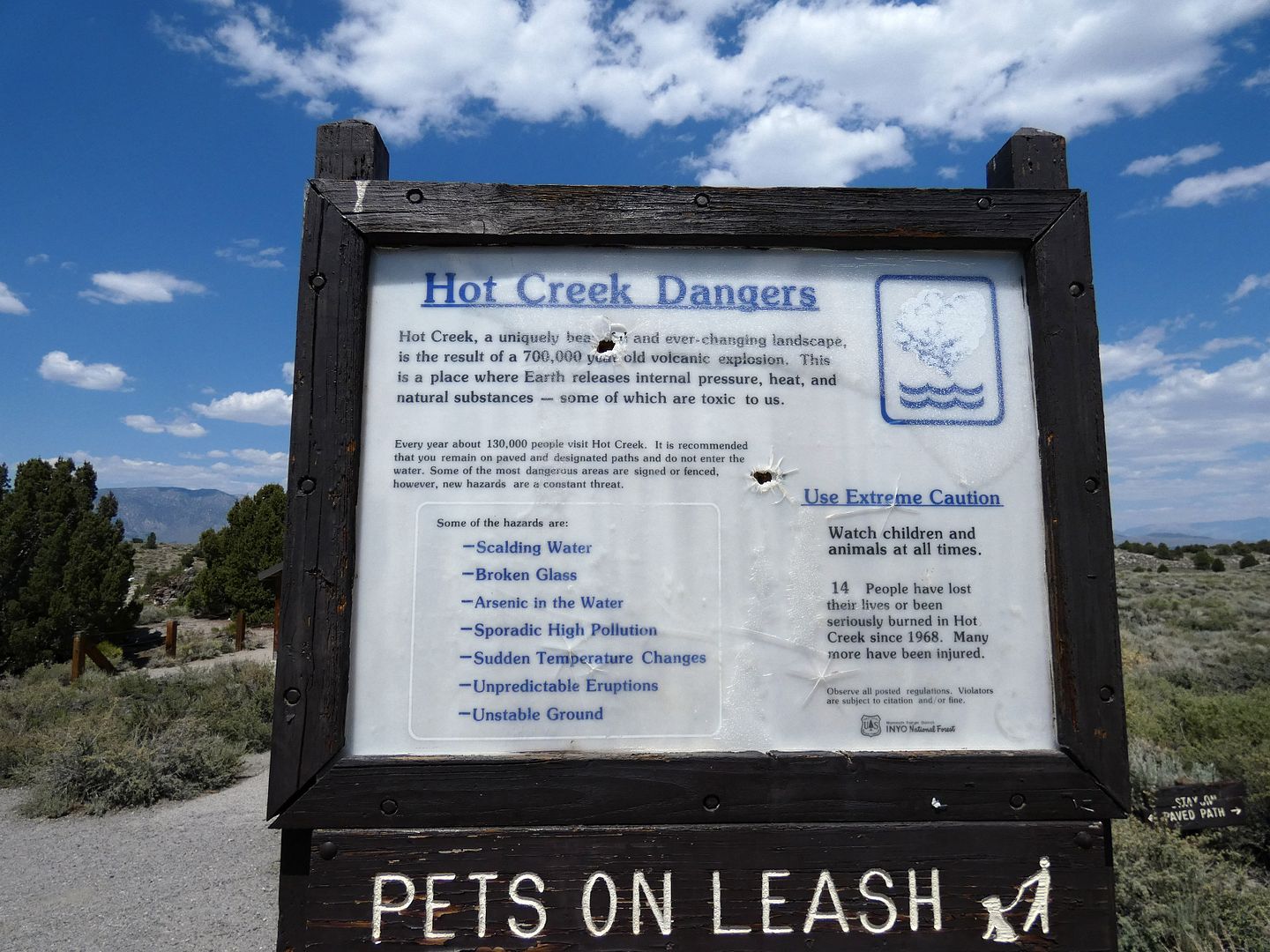
Now part of Inyo National Forest, the site features multiple signs warning visitors not to enter the water.
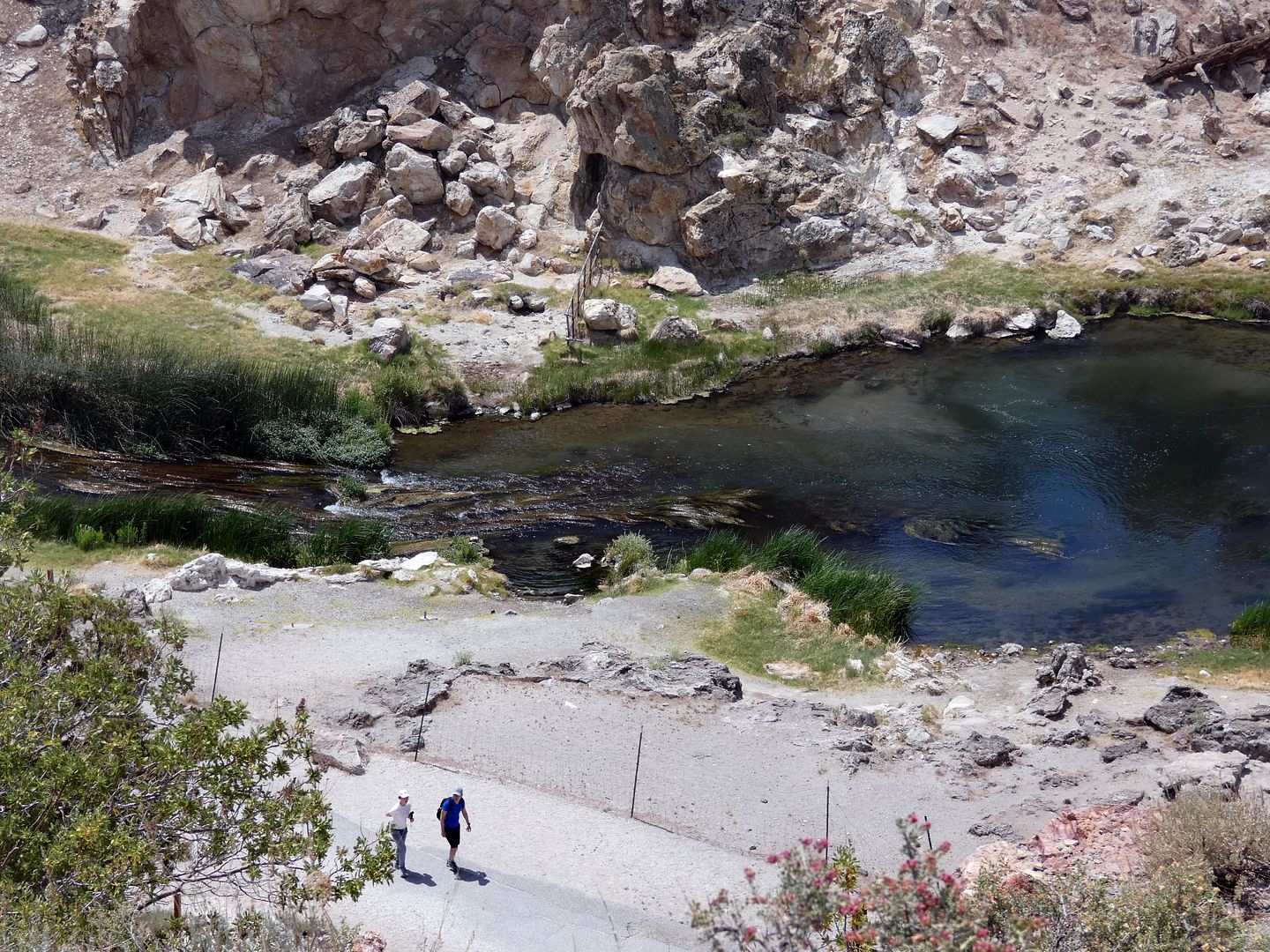
During our June 2021 visit, we started at an overlook by the parking area to take in the wild scenery from above...
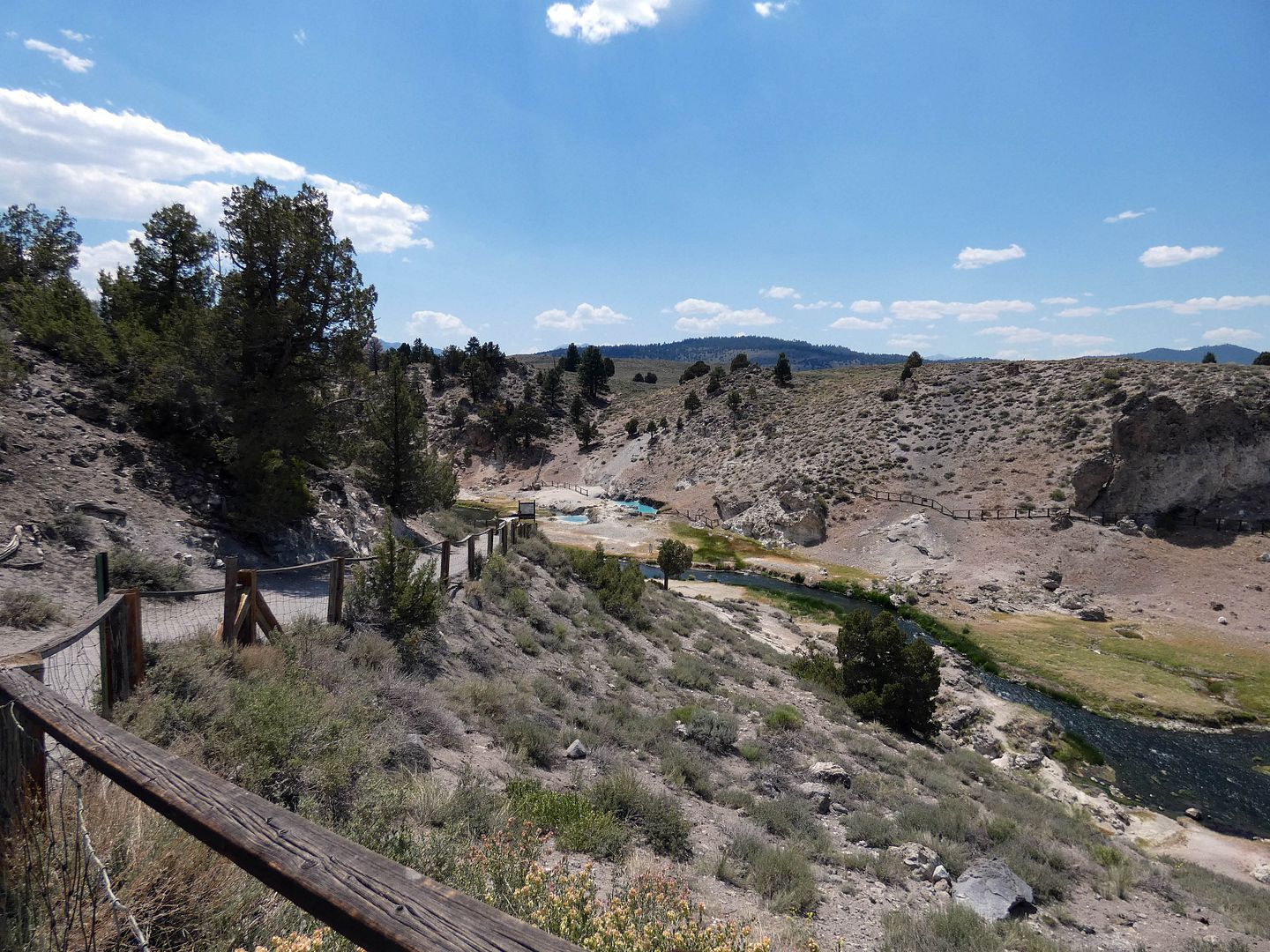
...and then descended into the gorge via a paved interpretive trail.
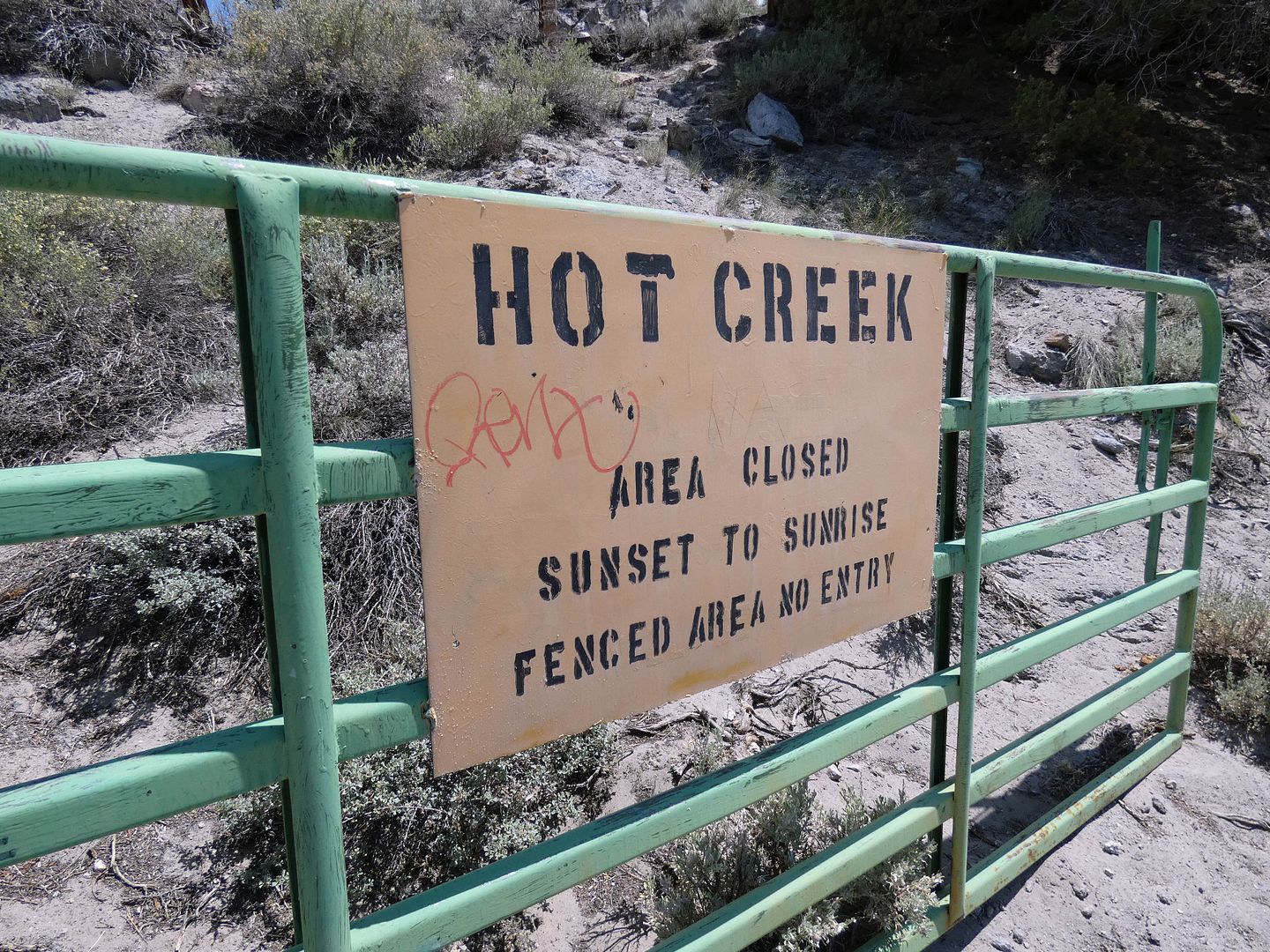
It never occurred to us that the site would remain anything but pristine, given how volatile it is...

...but I recently received an email from Friends of the Inyo about a possible future of gold and silver mining.
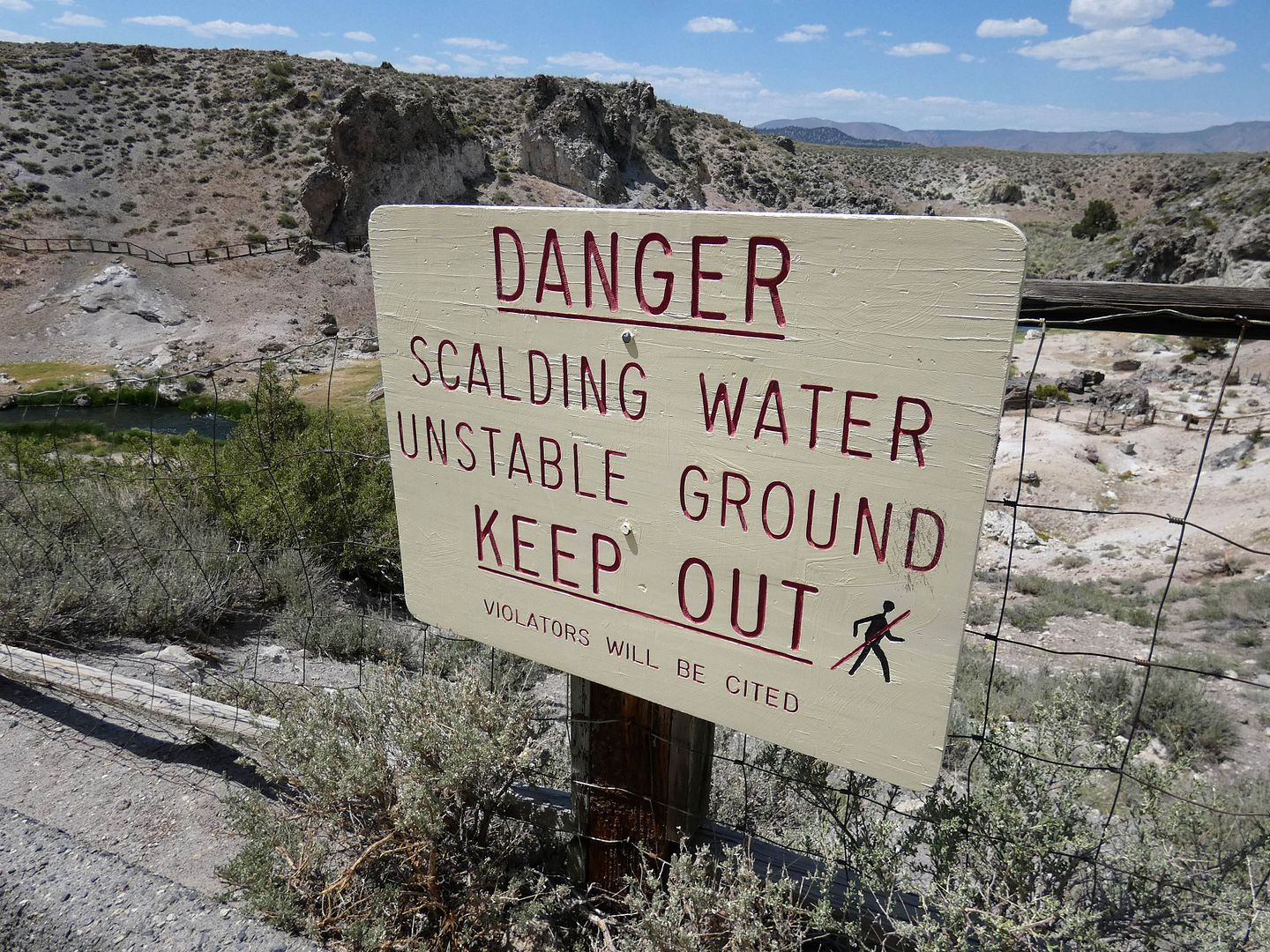
The Canadian company KORE Mining has received a permit from the U.S. Forest Service for mineral exploration as part of its Long Valley Project, which could begin as soon as September 1.
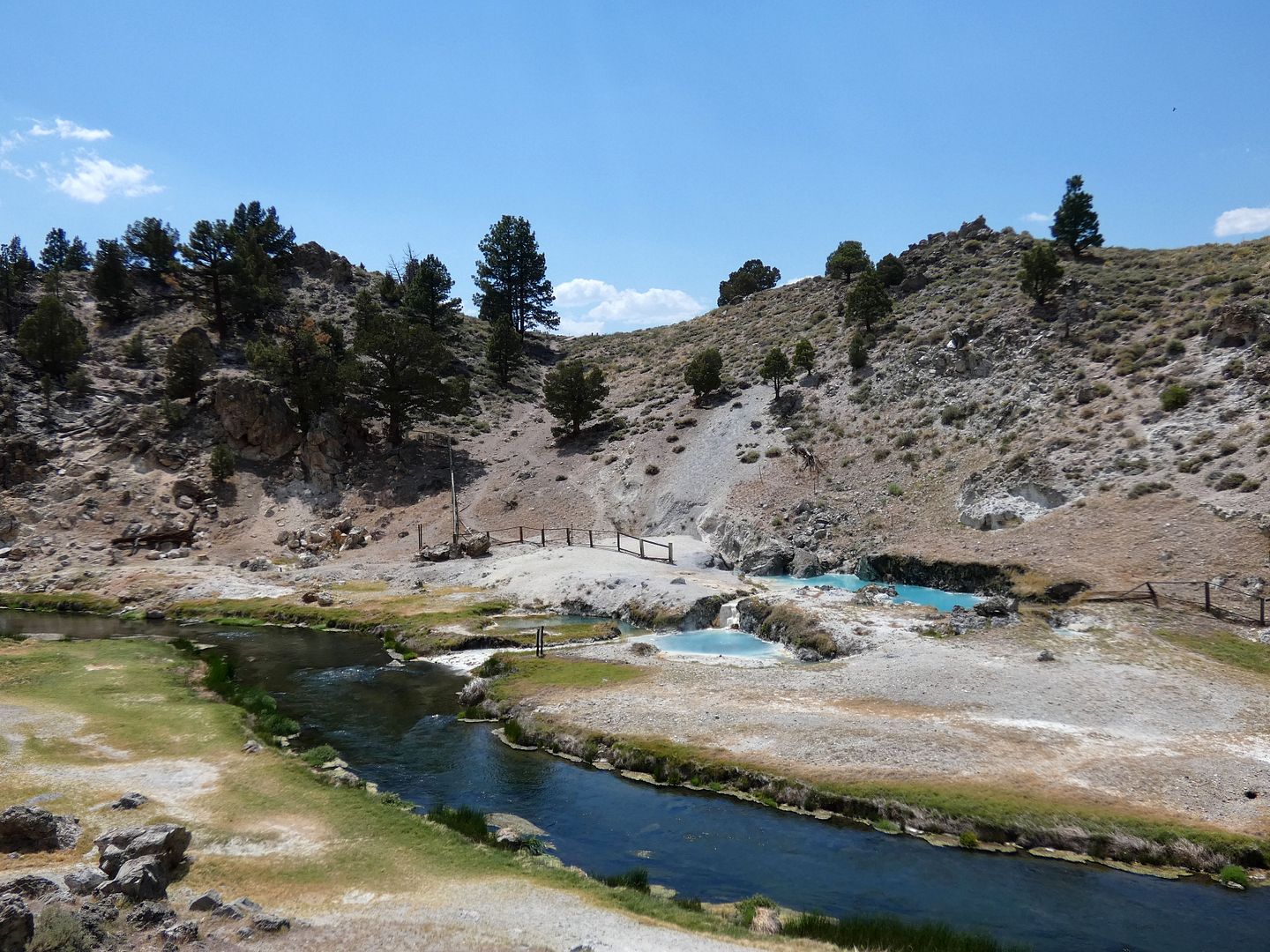
Now, drilling a few holes might not sound so bad—but if exploratory drilling yields enough gold to warrant continuing KORE pursuing its federal mine claim, a subsequent project could transform the entire plateau behind the hot creek site (called "Little Antelope Valley") into an open pit.
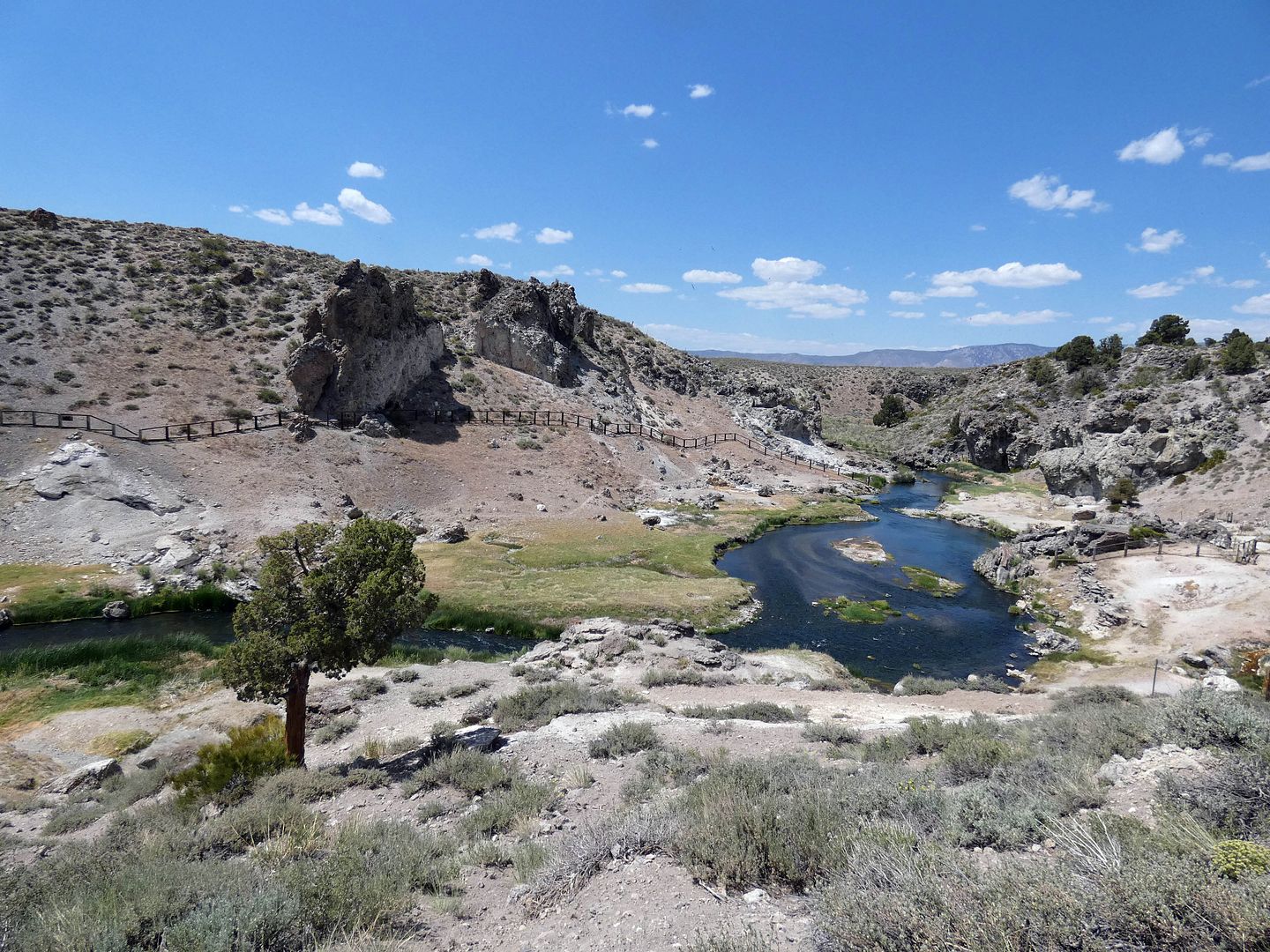
It would be a cyanide heap leach mine, which means the lethal poison will be sprayed on heaps of crushed rock to separate the precious gold from its surrounding ore (despite actually being outlawed in Mono County).
It's an efficient way of extracting lower concentrations of gold from rock—but it requires more excavation and a lot of toxins being introduced into the environment. That's alarming, considering Hot Creek connects to the Owens River, Crowley Lake, and other Eastern Sierra waterways.
Not to mention the impact on local wildlife, which includes an endangered fish called the Owens tui chub and a bird called the bi-state sage grouse, whose California-Nevada population is already declining.
It's not the first time that a mining company has poked around this area—or other hot springs in the Eastern Sierra region. In fact, prospectors used to find that the ancient waters would simply bring the gold to the surface.
But now, anyone looking for a mother lode needs to dig a little deeper—and multiple environmental and conservationist organizations are opposing this latest effort, going so far as to file lawsuits to try to stop it.
My takeaway: Get there while you can. I'm glad I went two years ago; and I regret not knowing about it or having access to it when you could actually get into the water. (It's always so hard for me to be on this side of the fence.)
*all photos from 2021
Related Posts:

No comments:
Post a Comment